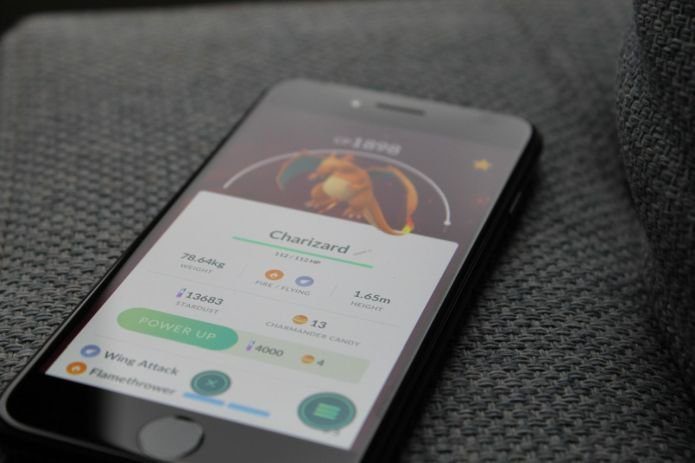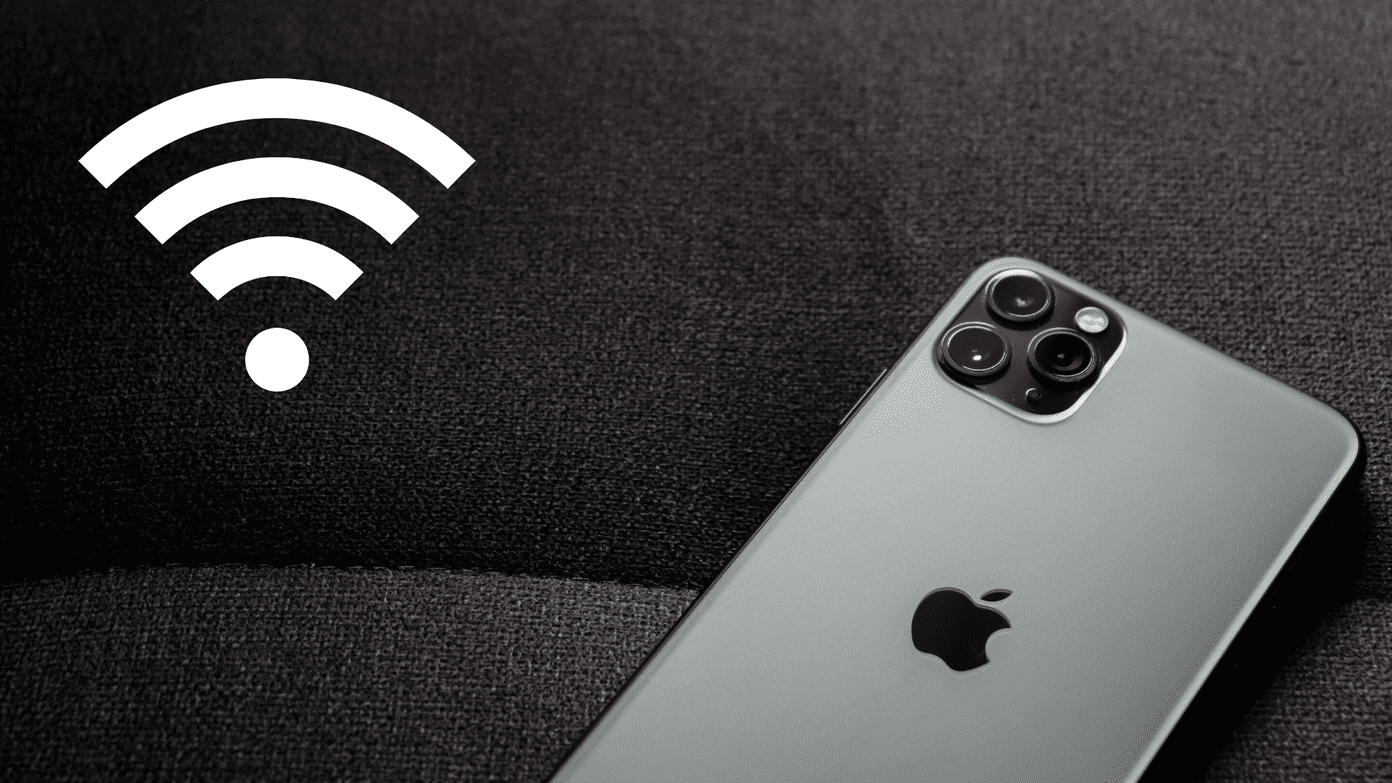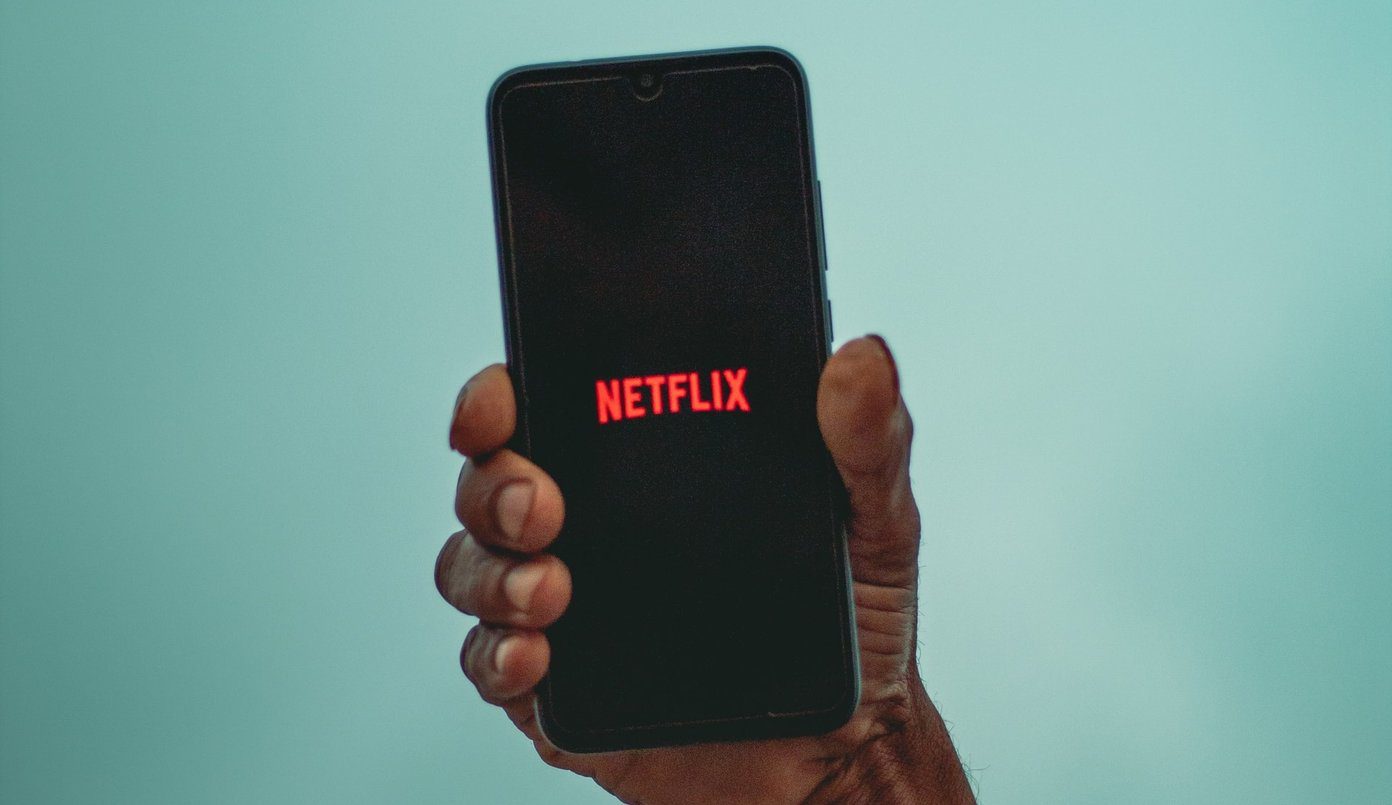Adding to its ongoing efforts to fight malware, adware, ransomware and the likes, which are becoming increasingly threatening, earlier this year in May, Google had announced the addition of another security layer to Android devices. Play Protect, doesn’t need user intervention but is an automated security feature embedded into the Google Play services of every device which works in the background around the clock.
What are Google Certified Devices?
Google has been certifying Android devices for some time now but is now going to brand these devices with a Google Play Protect logo that’ll appear on the phone’s retail box. So typically, there are two kinds of Android devices. One that comes pre-installed with Google app (including the Play Store) and other that don’t. Needless to say that the former is certified by Google. The logo will help consumers ensure that the device they are buying runs on a secure Android ecosystem. “We work with manufacturers across the globe to run hundreds of compatibility tests that ensure devices adhere to the Android security and permissions model,” Google stated. These tests verify the authenticity of the pre-installed Google apps on a device and also help in ensuring that the Play Store is safe and works as intended. “Google Play Protect provides users with a suite of security features that include automatic device scanning for malware. This provides baseline protection against malware, privacy hacks and more,” the company added. Google recommends that while buying an Android device, the user checks for the Google Play Protect logo on the box to ensure that the device comes with ‘benefits of certification and additional layers of security’.
How Does this Affect the Low-Budget Phone Market?
Once it becomes a well-known fact that Google is certifying Android devices and a Play Protect logo appears on the box of these devices then consumers might always opt for a certified device rather than a non-certified one. While it’s still unclear if Google is charging the smartphone manufacturers for the certification, but if they are, this might inadvertently affect the low-budget mobile phone market. If Google is charging the companies to test and certify their devices, then the accrued cost of this certification will fall upon the users as the manufacturer might reflect these expenses in the retail price of the device. We have written to Google asking whether or not they are charging the companies for this certification and will update the story as soon as we receive a reply.
List of Certified Smartphone Brands
AcerAllViewArchosAsusAT&TAuchanBeelineBest BuyBLUBMobileBQBullitt GroupCATCell CClementoniCondorCoolpadCZ ElectronicsDigilandDLDragontouchDocomoDoroFairphoneFlyFreetelFujitsuFuture Mobile TechnologyGeneral MobileGigasetGioneeGTELHipstreetHisenseHMDHoneywellHOW (Navcity)HPHTCHuaweiInfinixInfocusiTelKazamKDDIKD InteractiveKurioKyoceraLanixLenovoLGLogicomLYFM4TelMattelMedionMicromaxMobicelMobiwireMotorolaMTNMyPhone (PH)MultilaserNECNABI (Fuhu)NavonNeffosNextbookNGMNokiaNubiaNUU MobileNvidiaOnePlusOppoOrangePanasonicPantechPlaisioPositivoPrestigioQMobile (PK)QuantumRCASamsungSharpSmartfrenSonySourcing CreationSprintSTKSymphonyTCL-AlcatelTecnoTelenorTG&Co LUNATIMTranssionTP-LinkVerizonVestelVivoVodafoneVoninoWikoWileyfoxXiaomiXOLOYifangYota DevicesYureka (YU)ZTEZuk
Not only does Google’s new security feature protect you from discrepancies found with apps downloaded from the Play Store but also from other sources. The above article may contain affiliate links which help support Guiding Tech. However, it does not affect our editorial integrity. The content remains unbiased and authentic.









